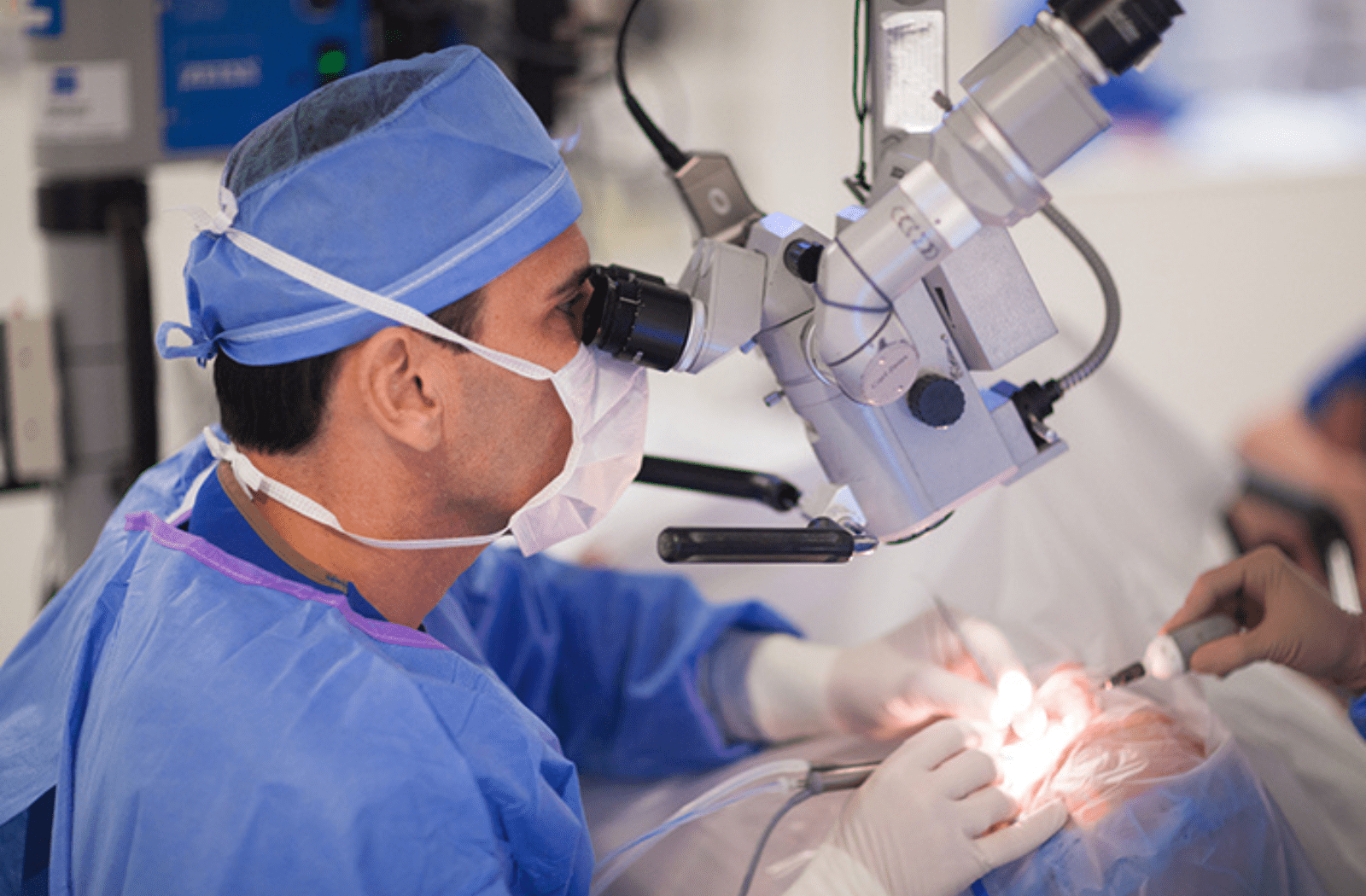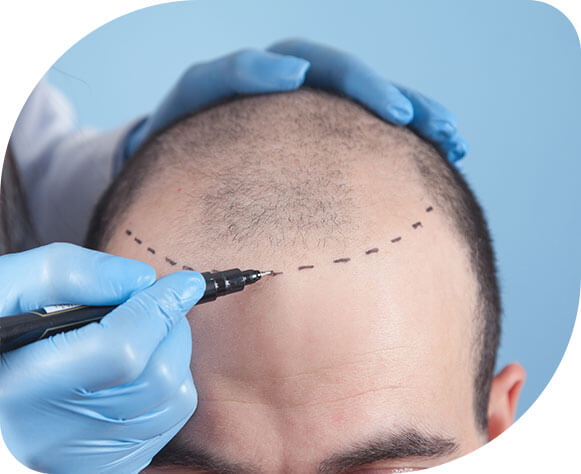Cataract surgery is a procedure to remove the lens of your eye and in most cases replace it with an artificial lens. Normally, the lens of the eye is clear. Cataracts cause the lens to become cloudy, which consequently affects the ability to see.
Cataract surgery is performed by an ophthalmologist on an outpatient basis, meaning that no hospital stay is required after surgery. Cataract surgery is a common and often uneventful procedure.
How is cataract treatment performed?
Although surgery is the main method of getting rid of cataracts, it may not necessarily be the first procedure.
New glasses or contact lenses may be tried first. A new prescription for glasses and contact lenses can help you see better with cataracts early on.
For home treatment, you can make certain small changes at the beginning to help you manage your cataract. Here are some changes that can be made:
- Use brighter light when you think it is necessary
- Use a magnifying glass in addition to glasses and lenses for reading and other similar activities
Surgery may be necessary when simple treatments are inadequate. Your doctor may recommend surgery if your cataract begins to interfere with everyday activities such as reading, driving or using computers and phones. During cataract surgery, the doctor removes the cloudy lens and replaces it with a new, artificial lens. Cataract surgery is very safe and the vast majority of people who have it can see better after surgery.
How is cataract surgery performed?
Cataract surgery, which is usually an outpatient procedure, takes an hour or less to perform.
First, your doctor will place eye drops in your eye to dilate your pupil. You will receive a local anesthetic to numb the area and may also be given a sedative to help you relax. If you are given a sedative, you may be able to stay awake during the operation, but these sedatives can have a drowsy effect.
In cataract surgery, the doctor will replace the cataractous lens with an artificial lens, which usually has a transparent appearance. However, in certain cases, cataracts can be removed without the use of an artificial lens.
The procedure for cataract removal involves specific steps and is typically performed under a microscope. Each step must be performed carefully and skillfully in order to achieve the desired result from the surgery.
Cataract surgery with the Phaco technique
An ultrasound probe is used to remove the lens. During a procedure called phacoemulsification (PHACO), your surgeon makes a small incision in the front of your eye (cornea) and inserts a needle-thin probe into the lens material where the cataract has formed.
Your surgeon then uses the probe to transmit ultrasound waves to break up the cataract and suck out the pieces. The back of your lens is left intact to serve as a place for the artificial lens to rest. At the end of the surgery, stitches may be used to close the small incision in your cornea.
Extracapsular cataract surgery
An incision is made in the eye and the lens is removed in one piece. The less common procedure, called extracapsular cataract extraction, requires a larger incision than that used for phacoemulsification. Through this larger incision, your surgeon uses surgical instruments to remove the anterior capsule of the lens and the cloudy lens containing the cataract. The very posterior capsule of your lens is left in place to serve as a place for the artificial lens to rest.
This procedure may be done if you have some eye complications. A larger incision and stitches are necessary.
Cataract surgery with laser
Risks of cataract operations
Problems with cataract surgery are rare and most complications that do occur can be successfully treated.
Cataract surgery risks include
– Inflammation
– Infection
– Bleeding
– Inflatable
– Sagging eyelid
– Artificial lens dislocation
– Retinal detachment
– Glaucoma
– Secondary cataract
– Vision loss
If you have an eye disorder other than cataracts or a serious eye-related medical condition, the risk of surgery will increase. Sometimes, cataract surgery may not be successful in improving the eye due to eye damage from other factors. If possible, it may be helpful to evaluate and treat other eye problems before deciding to have cataract surgery.
Is vision completely restored after cataract surgery?
Most people who have cataract surgery can see better after the operation, but your vision may be blurred at first while your eye is healing.
In certain cases, some people may notice that colors appear brighter after cataract surgery. This is because the artificial lens is clear, whereas your natural lens has a yellow or brown tint due to the cataract.
After your eye has finished healing, you may need a new prescription for glasses or contact lenses to see clearly.
Most people complete the healing process within 8 weeks after surgery. Your doctor may ask for an examination during this time to monitor that your eye is healing smoothly.





